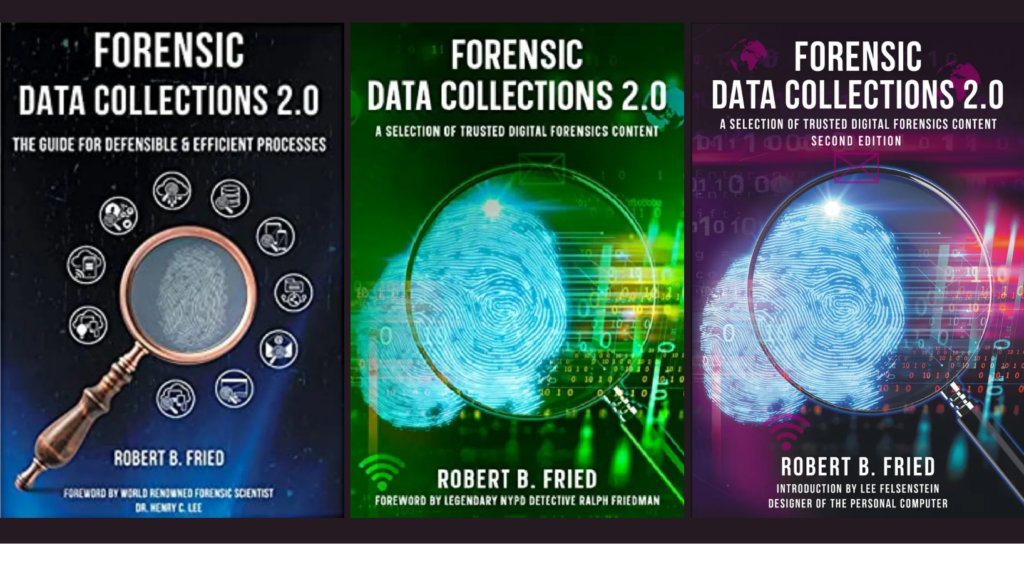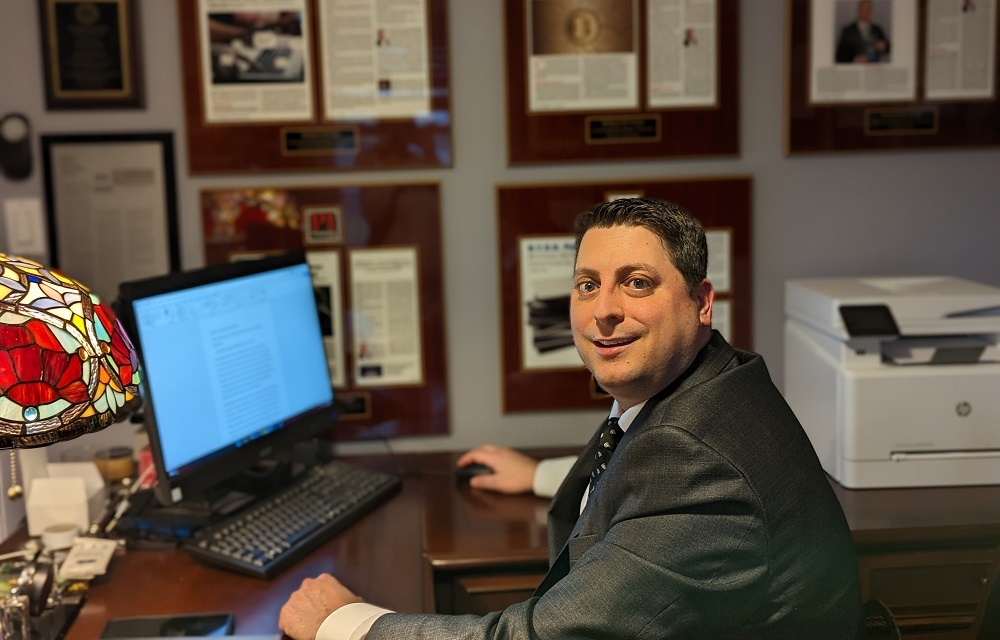FF: Rob, it’s been a few years since we last interviewed you, although you did appear on the Forensic Focus podcast last year. Bring us up to date with what you’ve been up to!
The last few years have been very eventful on several fronts.
My team at Sandline Global has experienced significant growth, including the opening of our digital forensic laboratory in New York City. It has been very rewarding and humbling to see the transformation of an idea and vision become a reality. Our operations have been in full swing for almost two years, and since then we have enhanced and expanded our forensics offerings. Our forensic capabilities now span across the United States, Europe (London & Frankfurt), the Middle East (Dubai), and Asia (Taipei).
On a professional, extracurricular level, I have continued to generate a steady stream of digital forensic content, for the forensics, eDiscovery, and private investigator communities. This effort has included the creation of more than a dozen short, animated videos on important topics related to forensic data collections and investigations. I have had the distinct privilege of co-sponsoring and co-hosting the annual Symposium on eCrime with my mentor and friend, Dr. Henry C. Lee, and his incredible team at the Henry C. Lee Institute of Forensic Science at the University of New Haven. We have hosted two highly successful events to date, and we have already begun planning this year’s event. Each year, we have been fortunate to have a fantastic line-up of industry experts delivering engaging presentations to virtual attendees.
On a personal level, in October 2022, my wife and I welcomed our third child, Michael.
To say it’s been busy is an understatement! It’s been an incredible journey that continues at full speed today.
FF: You recently published Forensic Data Collection 2.0: A Selection of Trusted Digital Forensics Content: Second Edition, please tell us about the book.
In 2023, I released the first edition of my book, which contains a selection of articles on topics related to forensics and investigations, that appeared in various industry publications in recent years. The second edition includes another half dozen articles on important topics, including: corporate data exfiltration, digital forensic playbooks, digital forensic toolkits, forensic fundamentals, and mobile device solutions. I was fortunate to collaborate on several of these articles with my peers and other digital forensic experts. I was also privileged to have Lee Felsenstein, the designer of the personal computer, write an insightful introduction to the book.
FF: This is now your third book about digital forensics. What motivates you to keep writing and sharing your knowledge with the digital forensics community?
The sharing of knowledge is in my DNA. I began my professional career in 2002, as a Computer Crime Specialist Trainee at the National White Collar Crime Center (NW3C). During my two-and-a-half-year tenure, I trained over 1,000 personnel from federal, state, and local law enforcement agencies. The joy of teaching has had a profound impact on me, and the experiences gained have guided me throughout the course of my career.

The digital forensics community is a tight-knit community, and the sharing of information among practitioners is commonplace, as is clear from the listservs that are actively used within the professional organizations where I maintain a membership. We cannot be an expert on everything, and we all have experiences to share. When you work in fields such as science and technology, things change rapidly, and it’s important to have reliable resources to help you navigate the scenarios that you may encounter. There are a lot of things to consider when dealing with electronic evidence. In my over two decades as a forensic practitioner, I have seen the evolution and emergence of additional data sources, and I took the time and opportunity to share my experiences in various formats: books, an eCourse, and short videos.
It’s my way of keeping current on important topics, while giving back / contributing to the industry that I love and am proud to be a part of.
FF: Who is the audience for your books? Who do you hope will benefit from them most?
The target audience for my books and my content are professionals, students, and enthusiasts interested in the fields of forensic science, law, and investigations.
In compiling content, I try to address topics from various perspectives. In doing this, many questions come to mind, including: how does this electronic evidence need to be collected? Accessed? Is it possible to use this evidence at trial? And does this evidence corroborate with the facts of a case? This differs from the 5 Ws that we usually need to address – the Who? What? Where? When? and Why?
FF: Do you have any other projects in the pipeline?
On the immediate horizon, I will take part in several industry events this year, including the Symposium on eCrime, which is a major, personal undertaking but truly a labor of love.
As someone who has taken part in podcasts, webinars, conferences, symposiums, and publications, I understand the different ways content can reach audiences. I also appreciate that everyone learns and uses information differently.
I enjoy collaborating with others in the forensics, legal, and investigative fields, and I plan to do so in to the future and hope to branch out into other fields of interest for me, such as Data Governance and Compliance, and Data Privacy.
But the truth is – it depends on my wife (of almost ten years), Rachael, and our three children, Aaron (8), Madeline (5), and Michael (1 1/2)! I could do none of this without their ongoing unconditional love and support.
FF: How do you see the field of digital forensics evolving over the next few years, and what areas should practitioners be focusing on today to prepare for future challenges?
We are in a technological age, and as the needs and wants of society develop, forensic practitioners must continue to “try” to stay ahead of the curve. We have seen how mobile devices and cloud-based data sources have become increasingly relevant to litigation and investigative matters. Most recently, topics related to cryptocurrency, modern attachments, Internet of Things (IoT) and Artificial Intelligence (AI) have generated much interest and buzz.
The proliferation of additional data sources, and the inevitable challenges they will bring with them, will be constant. What remains static are the guiding principles in forensic science and investigations that allow us to develop defensible workflows related to the identification, preservation, collection, examination, review, and production of electronically based evidence. It is also important to relay information about these data sources, with a consultative mindset, to ensure that everyone involved agrees about how potentially relevant data may need to be addressed, while taking into consideration the overall objectives and goals of a matter.
FF: What advice would you give to aspiring digital forensic practitioners?
When performing any tasks, take the time and effort to be thorough. What you remember today, you may forget tomorrow. Be aware that litigation matters and investigations can last years, and you may be called for questioning or have your documentation reviewed unexpectedly.
Establish a diversified professional network. We cannot all be experts in everything. It’s OK to phone a friend – I do – and some of those friendships have lasted for decades. Trust, but verify!
Last, when performing an investigation, remember the 3 Ps:
Patience – things take time.
Persistence – things may be difficult.
Perseverence – the end / result may be very rewarding.















